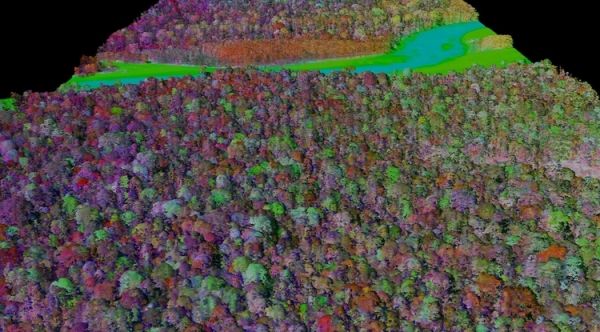An international team of scientists led by the University of Arizona used the latest technology in remote sensing to measure plant biodiversity from the Amazon basin to the Andes Mountains in Peru to better understand how tropical forests will respond to climate change.
The researchers used Arizona State University's Global Airborne Observatory, or GAO, to show that by combining traditional on-the-ground field measurements of carbon with aerial measurements of plant chemistry, the ability to model and predict the role that tropical forests play in the global carbon cycle can be improved.
“This work is important because it can be difficult to obtain measurements in some of these remote places,” said Sandra Durán, a postdoctoral fellow at the University of Arizona and lead author of the paper published in Science Advances. “Climate scientists are interested in predicting how much carbon is able to be captured by specific forests. We’re showing that these measurements of plant chemistry taken from airplanes have potential to make predictions of carbon gain in one of the most biodiverse forests in the world for the first time.”
A tree's ability to grow and survive is affected by traits such as nutrient concentrations and defense compounds in its leaves. While researchers have measured these traits in trees located around the globe, incomplete data from the Andes' highly diverse forests has made it difficult to understand how trees impact the functioning of tropical forests.
Continue reading at University of Arizona
Image via University of Arizona


